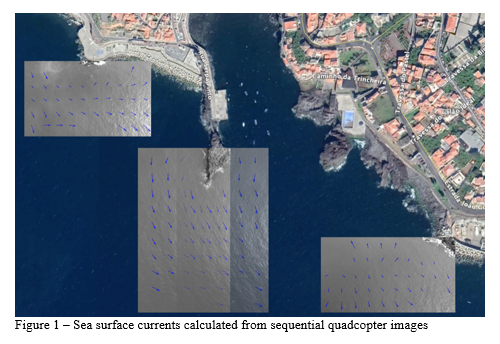ADVANCE SENSING OF OCEANIC AQUACULTURE SYSTEMS
The growing global demand for seafood has prompted an increase in offshore aquaculture facilities and farms worldwide . However, despite the crucial role that aquaculture plays in reducing marine natural food resources exploration, concerns on the potential impact of offshore activities warrant close monitoring of cages, infrastructures, and surrounding areas. As such, industry standards and good practices require offshore systems to regularly monitor how their activity may affect surrounding fish communities, benthos, water quality, and sediments. Comprehensive monitoring of offshore aquaculture infrastructures, cages, moorings, and surrounding areas can contribute to the early detection of potential negative impacts on surrounding habitats and marine diversity and provide valuable information for operational optimization, infrastructure maintenance, and damage prevention. In this context, remote sensing, remotely operated vehicles, and autonomous monitoring technologies can provide significant operational advantages to aquaculture activities. While remote sensing, autonomous apparatus, robotic systems, and automation technology require a relevant initial investment, over time, it can effectively contribute to optimizing operations, maximizing yields , reduce maintenance costs and prevent critical damage. Additionally , the operational flexibility and range of available sensors of these systems and technology make them suitable for various applications and scenarios. In this context, we developed a case study in Madeira Island (NE Atlantic) to explore how open source and commercially off-the-shelf unmanned and autonomous technologies can be combined to monitor multiple variables in offshore aquaculture infrastructures.
Unmanned Aerial Systems (UAS) remote sensing were used to measure temperature and currents at the sea surface. Aerial imagery and Structure from Motion photogrammetry were used to assess cages’ response to tidal flow and deformation in floating structures . The evolution of a plume of food and/or detritus can also be monitored with UAS videos. Acoustic Doppler Current Profiles (ADCP) and temperature sensors provided a time series of ocean currents through the water column. Ocean circulation impacts the surface dispersion of food and sedimentation of residues on the seafloor. Moreover, timing the feeding window with the ocean circulation is of utmost importance for optimizing the operation. A erial systems were used to monitor temperature and currents, Remotely Operated Vehicles equipped with multiple cameras and sensors to provide valuable information on the sea bottom and benthos, assess sedimentation, and enable visual inspection anchoring and mooring systems . Finally, the use of Baited Remote Underwater Video Systems was tested to monitor pelagic and benthic fish diversity and communities in surrounding areas, replacing the need for the underwater visual census. Video annotation, automated image analysis, and artificial intelligence-assisted image classification streamline aerial and underwater image processing and data compilation.
